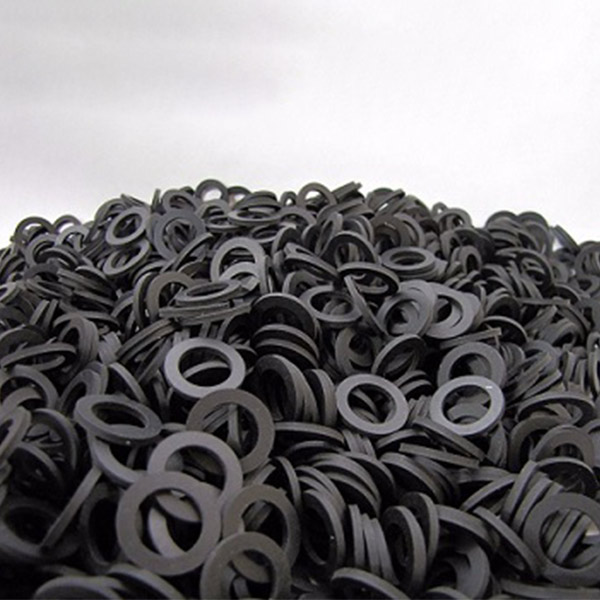
Neoprene Rubber Gaskets
Neoprene rubber, commonly known as Chloroprene, is a solid rubber material with a good resistance to oils, chemicals, UV, ozone and weather conditions in general. With its excellent strength and abrasion properties, combined with a wide temperature range of between -35˚C and 120˚C (depending on the grade of rubber), Neoprene has the right characteristics to be used in a number of industrial applications, for example neoprene rubber gasket is good for making sealing gaskets to protect against the ingress of water and dust
Advantages
• Good option for dilute acids, alkalis and mineral oils
• Good resistance to the effects of ozone, oxidation
• Good mechanical and abrasion properties
• Good for Oil, diesel, gasoline, lubricants
• Good resistance sunlight aging .
• Good impermeability to gases
• Good for use with sea water
• Good adhesion to metal.
• Good recovery., etc
Application
• Working with dilute acids, alkalis and mineral oils
• Working in Oil, diesel, gasoline, lubricants
• A range of outerdoor applications
• Good materials for gaskets
• Industrial oil maintenance
• Petroleum oils
• Rubber strip.,etc
Neoprene rubber Properties
|
Item |
CR rubber |
Test Method |
|
Color |
black., etc |
|
|
Specific gravity |
1.3-1.5g/cm3 |
ASTM D297 |
|
Hardness |
40°-80° Shore A |
ASTM D2240 |
|
Tensile strength |
6.5 MPa (min) |
ASTM D412 |
|
Elongation at break |
300% (min) |
ASTM D412 |
|
Width |
1m, 1.2m or 1.5m |
|
|
Tear strength |
35 N/mm |
ASTM D 624 |
|
Low temperature resistance |
-25°C |
ASTM D1329 |
|
Temperature range |
-25°C to +200°C |
ASTM D2000 |

Key:  = Excellent ,
= Excellent ,  = Good,
= Good,  = Fair, X = Not Recommende
= Fair, X = Not Recommende